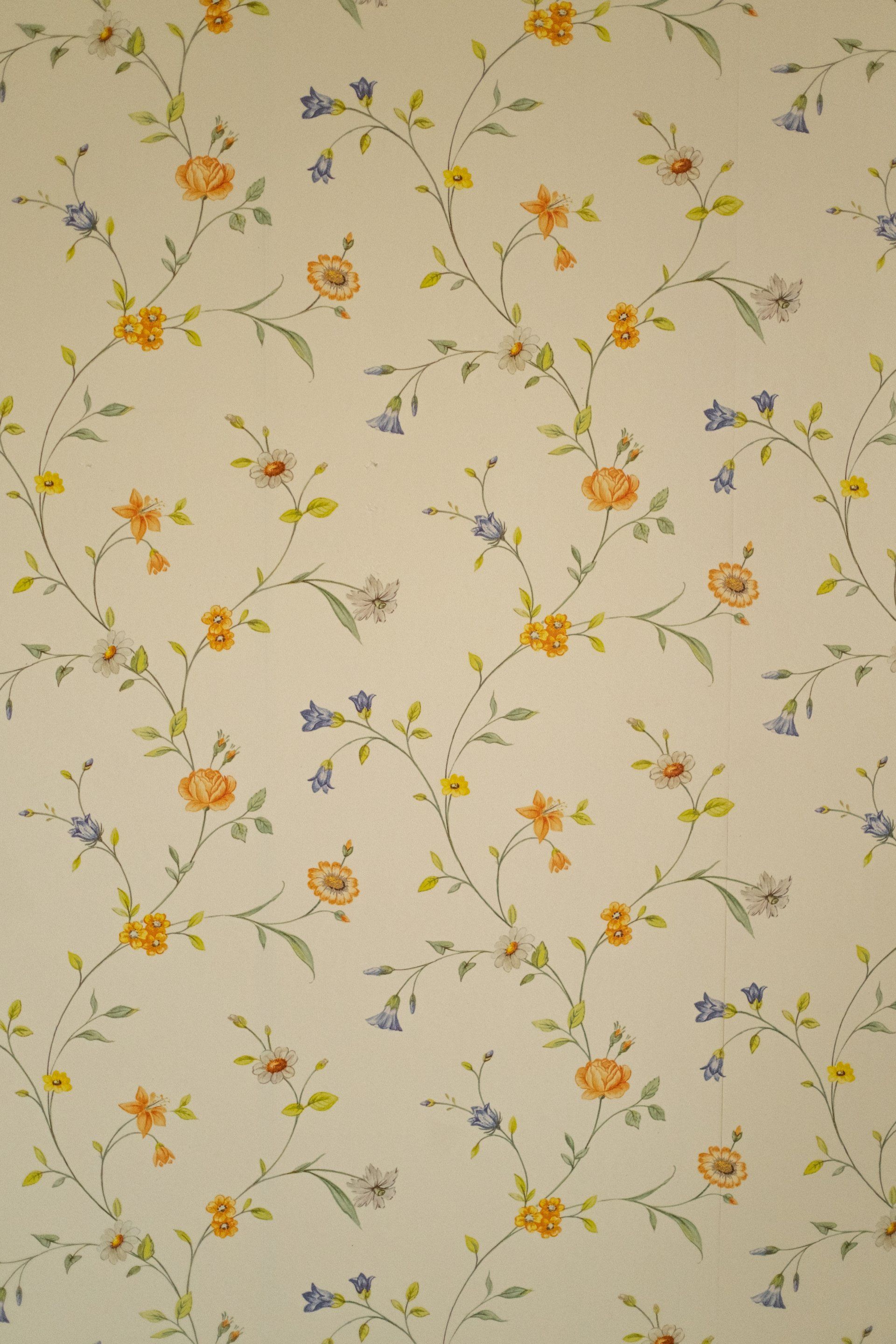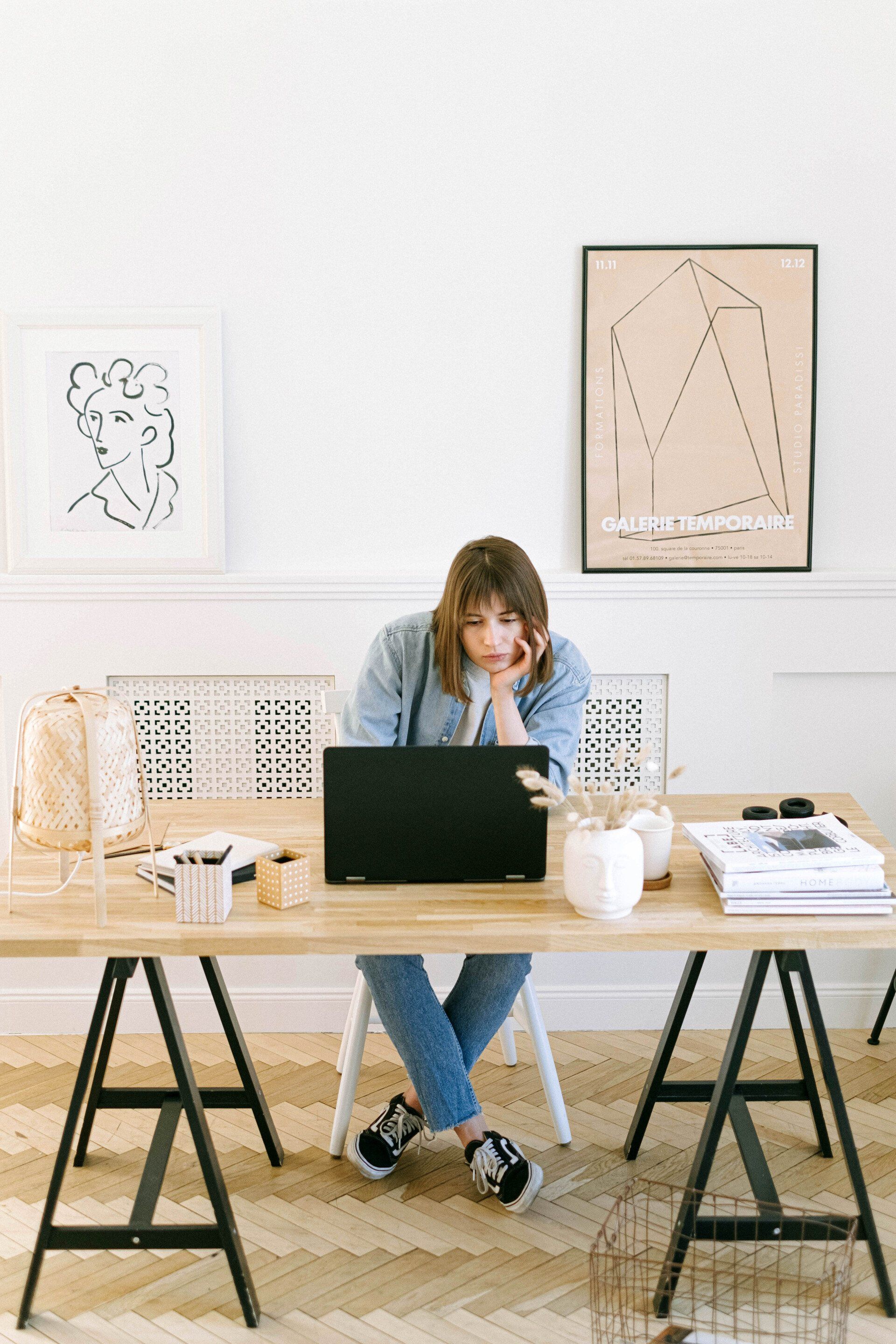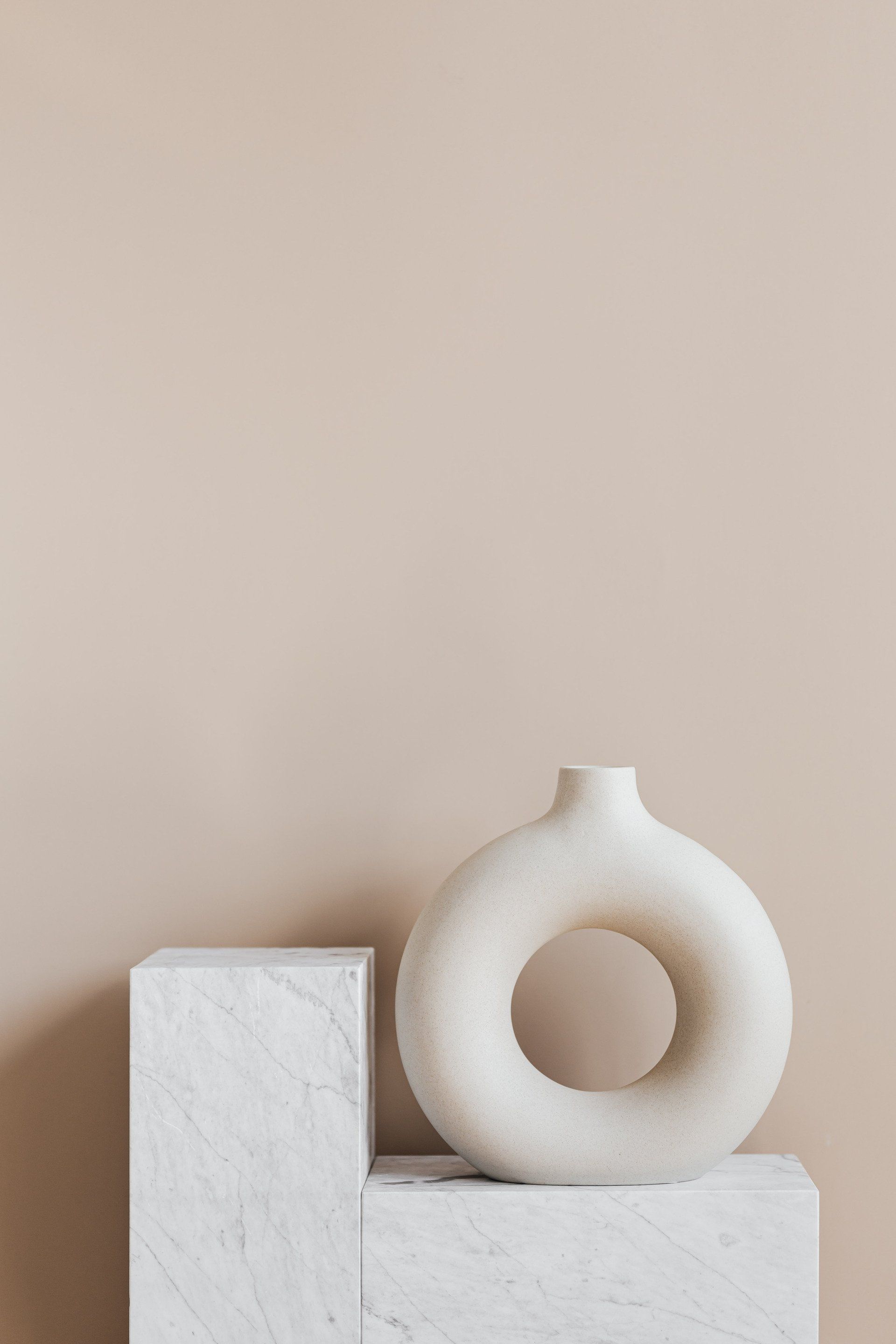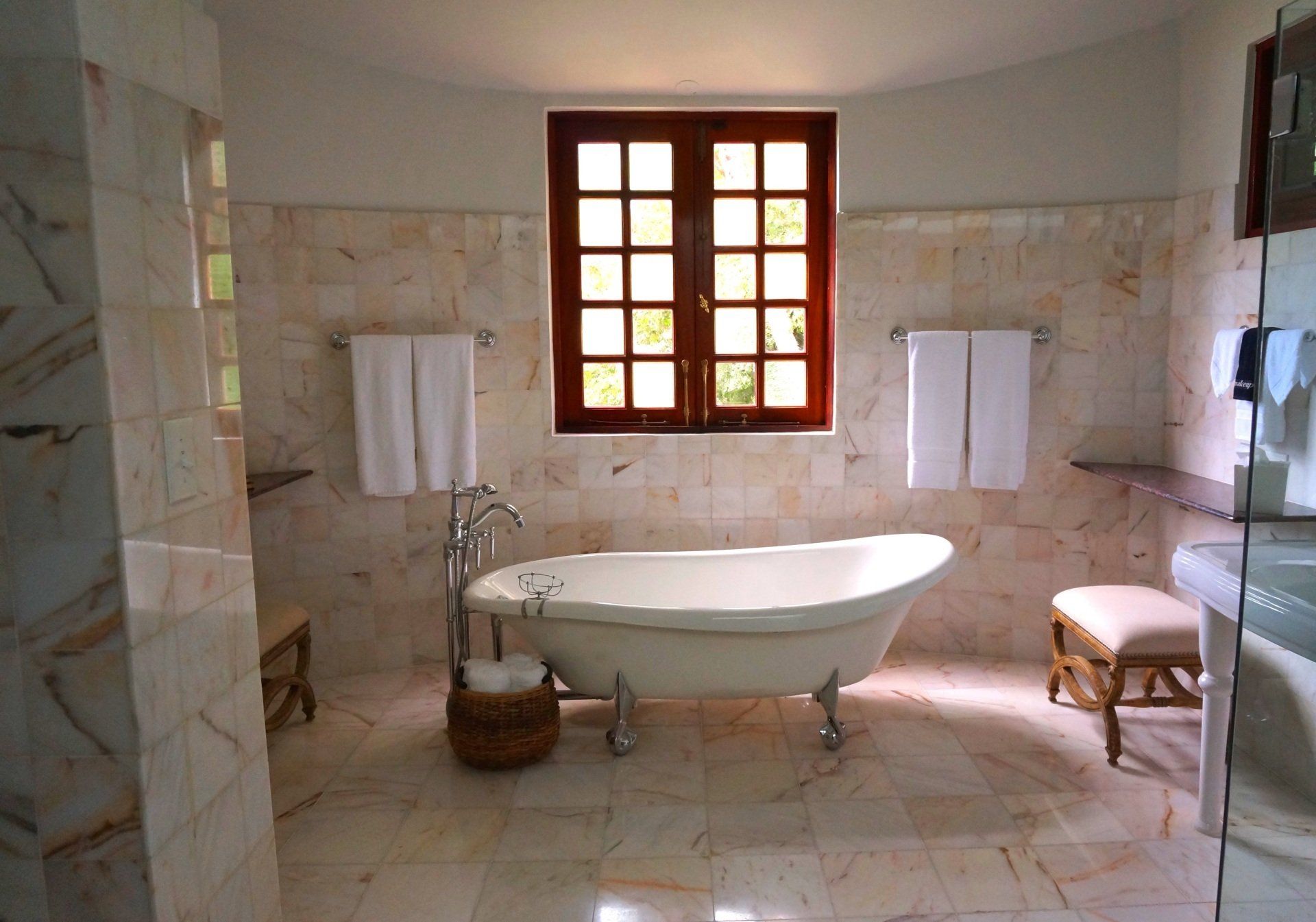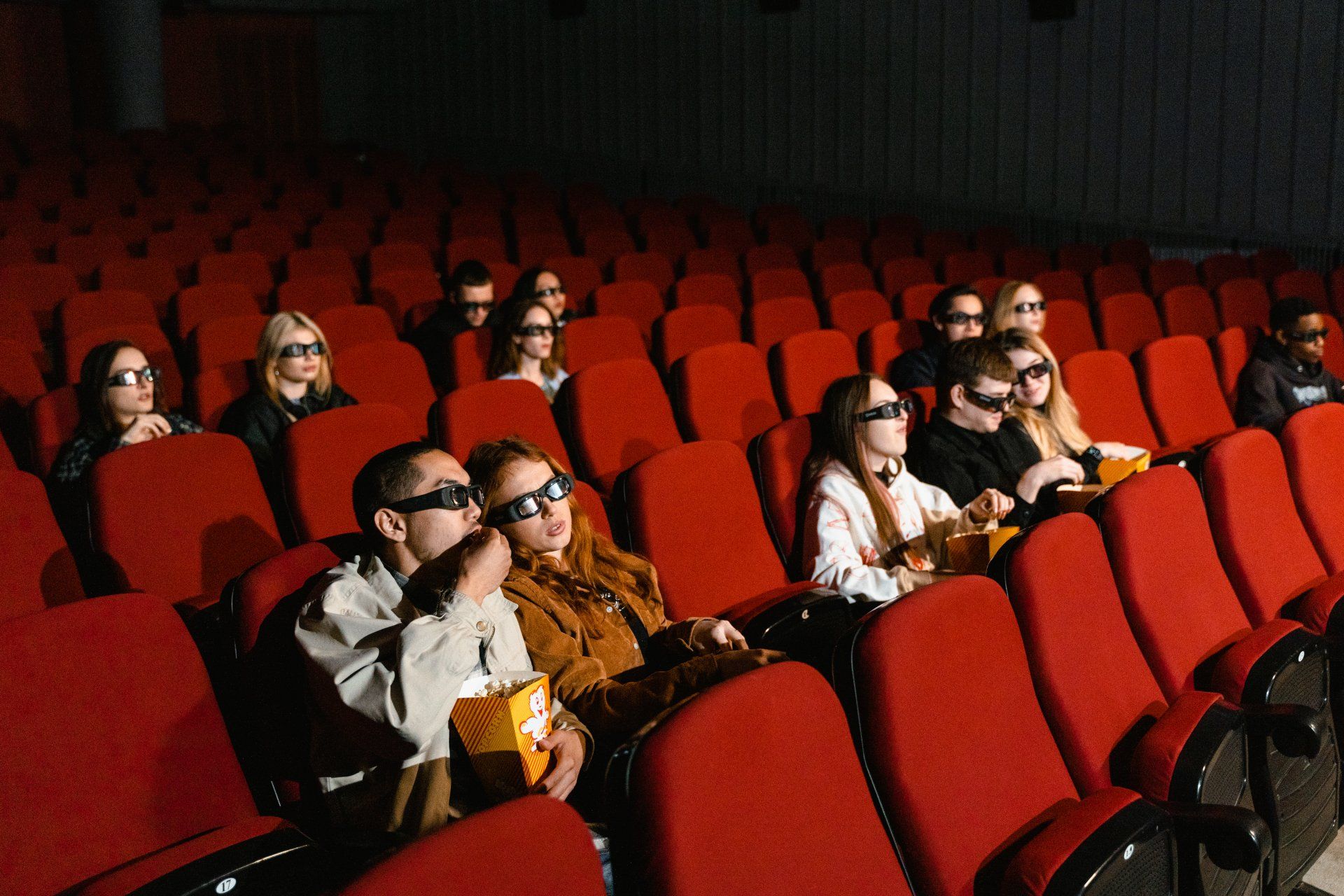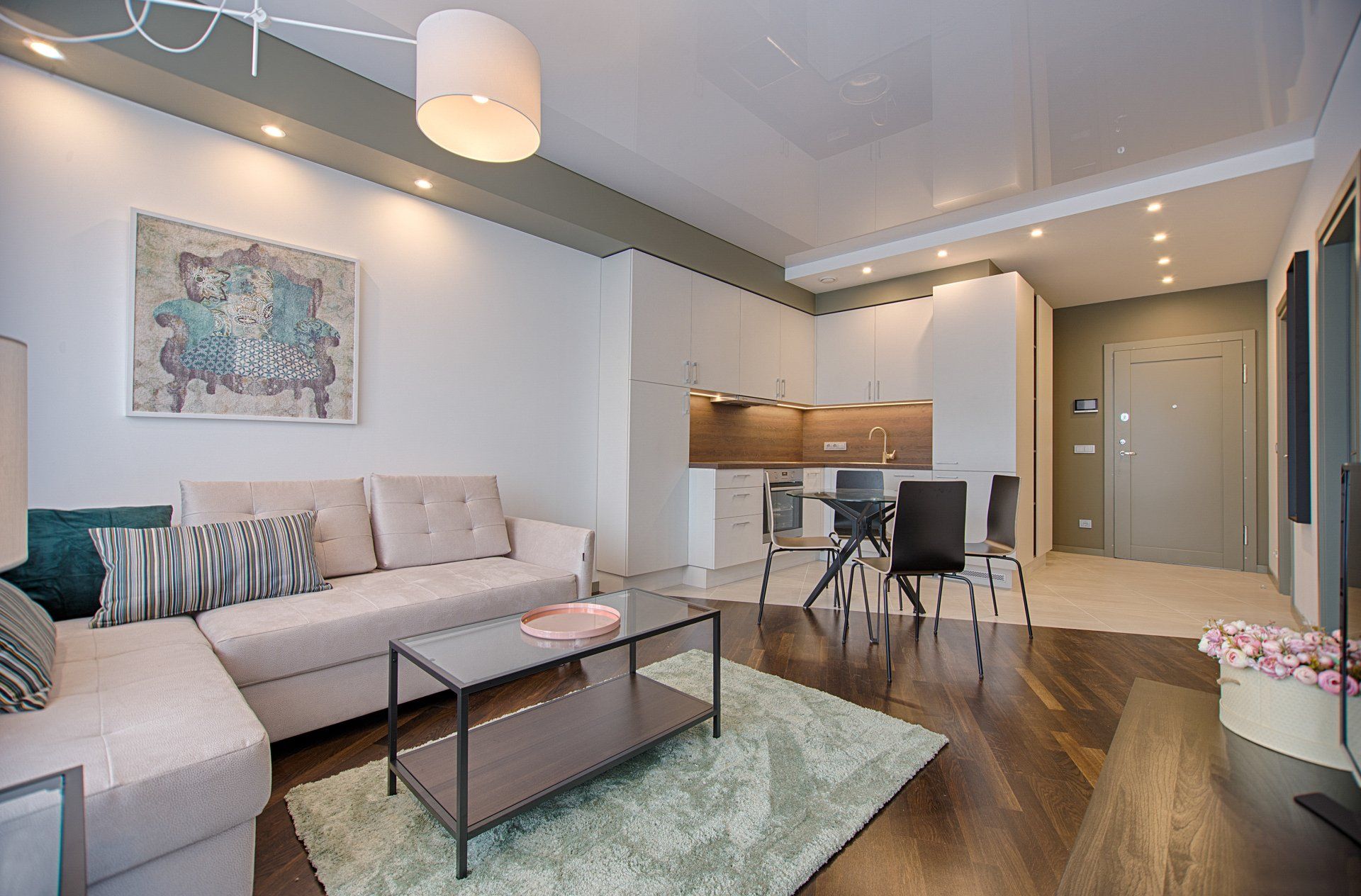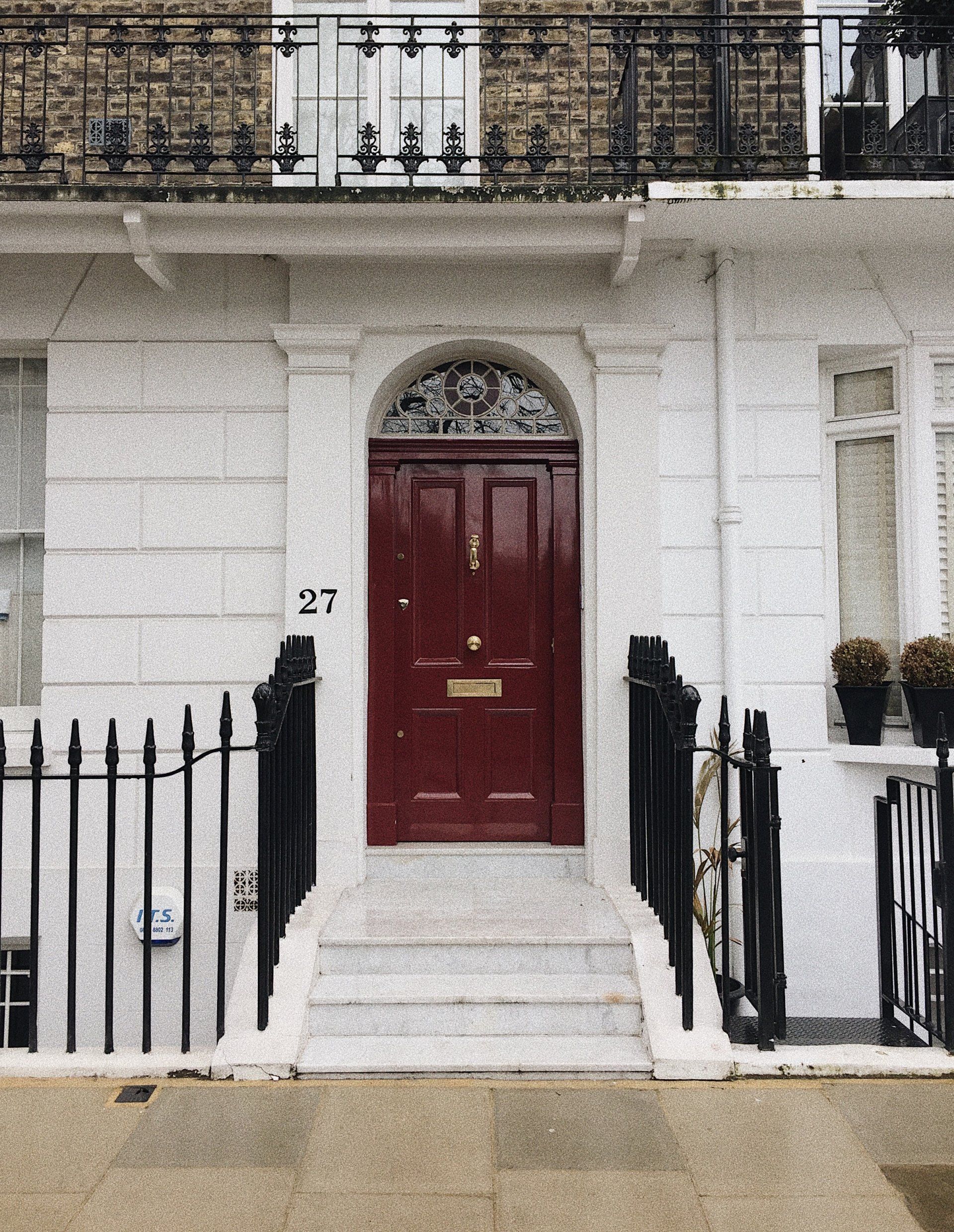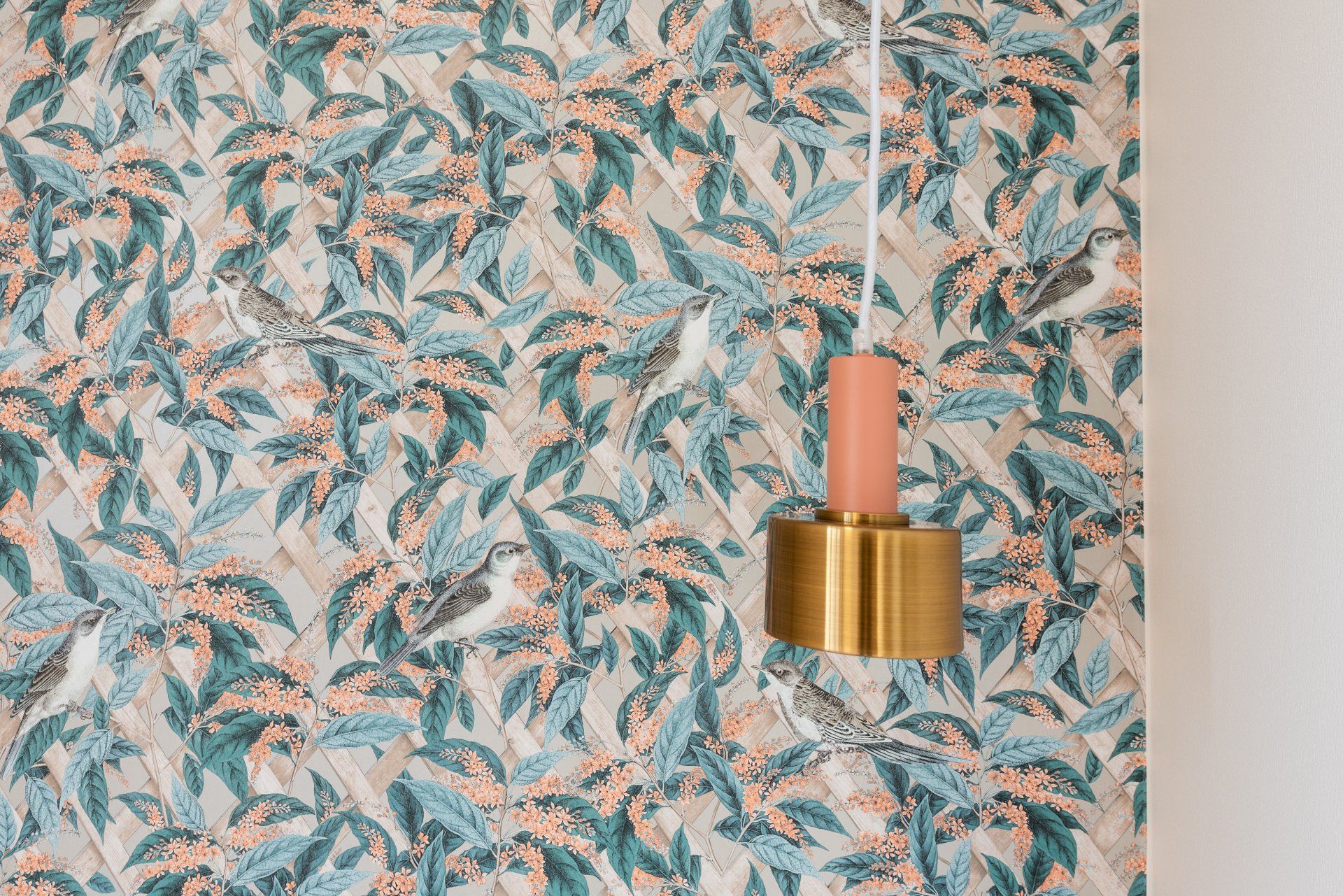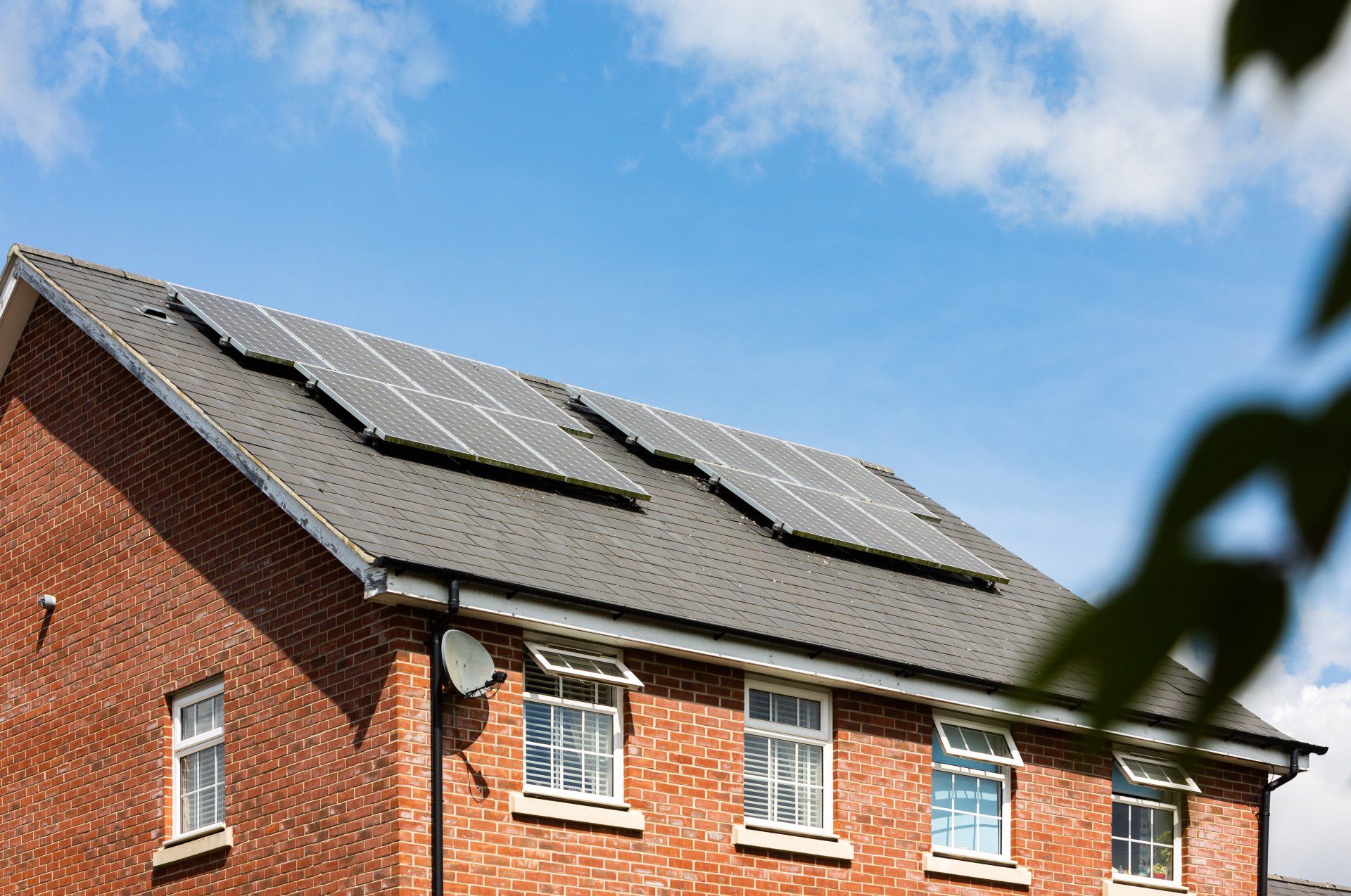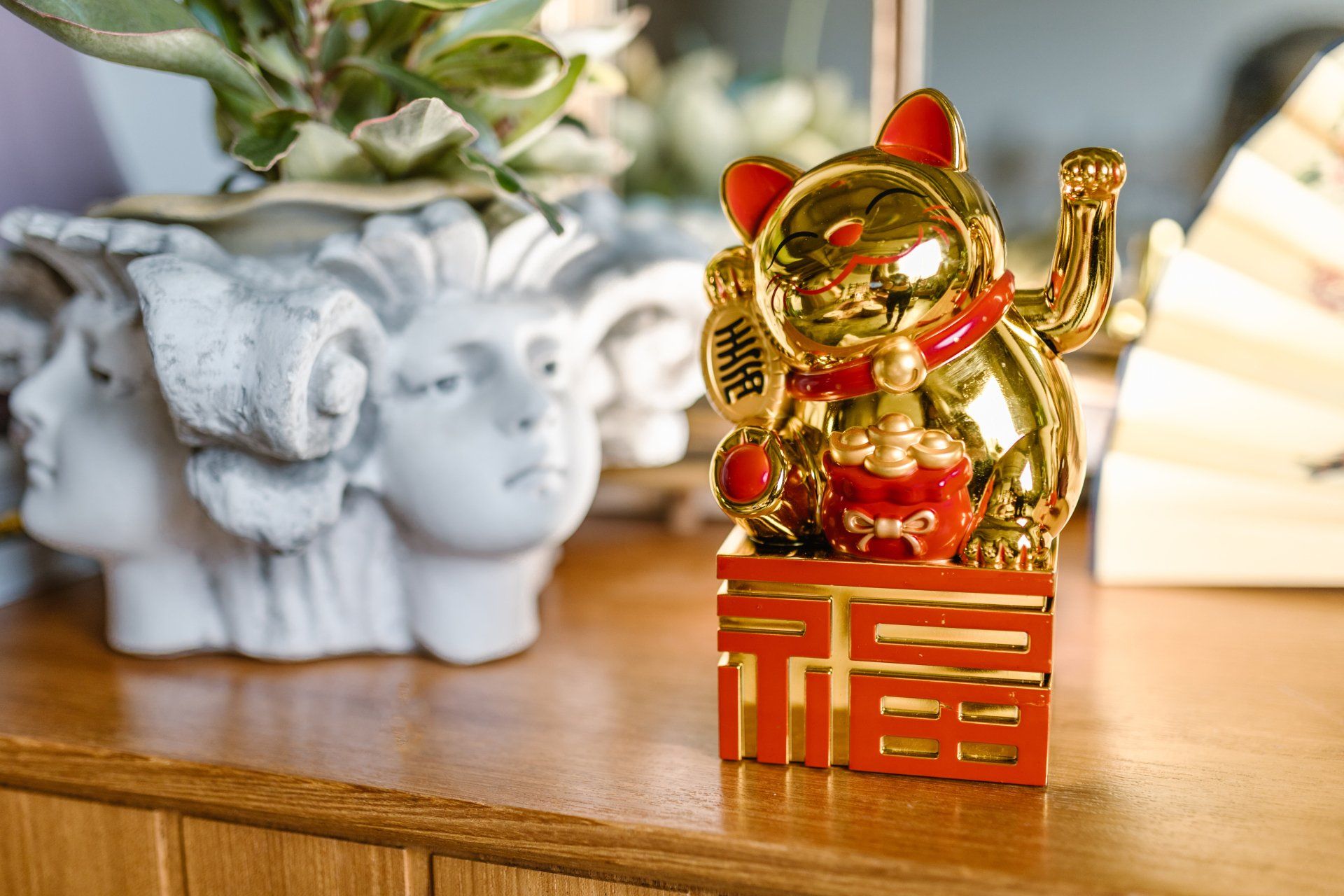70s Interior Design: Groovy Trends and Inspiration
70s Interior Design: Groovy Trends and Inspiration
When you get in your station wagon with wood panels, your grill will be onto the concrete patio at the back, near the kidney pool. The people around you wave and invite you to step into the split-level house. You congratulate your hosts on their brand new wraparound sofa in the living room that is sunken, which is a key feature of the 70s' interior design.
You decide not to astral-project into the smoke circle so that you'll make it back on time for a second celebration in a high-rise in the city. There, you're delighted to discover the host has invested in a complete renovation of their home. The purple and pink shapes that swirl in the background are echoing by the carpet in orange and the wriggly plastic furniture. Low-hanging lamps create warm light and fascinating shadows on the guests who are chatting.
Funky Color Schemes of the 70s
A piece of furniture or a room made in the 70s can be instantly identifiable due to the colors. Why else would you find items that were "harvest gold" or "avocado"? It is possible to have a bathroom finished in pink or teal carpets or carpets with gorgeous yellows and oranges. To create a chic throwback-style upholstery, try "Swiss chocolate" or "Mexican sand."
70s-Style Patterned Wallpaper
Floral wallpaper could be an old, frilly selection and 70s designers took it in an entirely new direction. Large geometric shapes and vibrant colors suggest natural shapes with a fresh refresh. Wallpaper is appearing in the world of the design world recently; you might want to consider an intriguing 70s-inspired repeat to accent your wall or even a room. It looks more appealing with colored psychedelics!
Wood. Everywhere.
If it was real or laminated linoleum, wood grain was irresistible in the 70s' interior design. You could see it forming panels on furniture, appliances as well as cars. Teak, a soft, medium-sized wood that has a little grain, was a favorite among Scandinavian designers who made their furniture material practically as if it was a part of the mid-century. In addition, bamboo cane and bent rattan drew people's passion for the outdoors to the indoor space, influenced by garden furniture. It also offered an airy and low-cost alternative in the same fashion.
Plastic
With its widespread usage today, it's difficult to believe that plastic was actually taken off the ground in the 1970s. There were many types of plastic that were developed earlier but became commonplace in the course of the decade. Bakelite, a gorgeous colored plastic that was marbled in colors of the harvest, was the first synthesized substance (it was made from formaldehyde) and was the primary ingredient in kitchen utensils as well as jewelry that had a flair. The more durable and long-lasting injection-molded plastics enabled designers to create furniture with the characteristic wavy look that you associate with the 70s' contemporary pieces.
If you're trying to decrease your use of plastics, you can have that vintage feel by choosing natural alternatives. You can, for instance, choose bamboo razors and bamboo toothbrushes to complement the 70s look with eco-friendly products.
Shag Carpeting and Vintage Rugs
Your feet will take a bath in this classic elegant and stylish style. Although high-pile area rugs are back in style, it was once that people could have them that was wall-to-wall. It's ideal for keeping comfortable if you prefer to lie on the floor for losing earrings!
If you're not quite ready to invest in carpeting, a basic shag rug is a comfortable fashion that isn't to be missed. It's also possible to get something known as a shag haircut.
GET A FREE QUOTE
Send us your details and we’ll get back to you to schedule a time to talk.
Edmonton Interior Design Quote
